How to distinguish a canary from a canary?
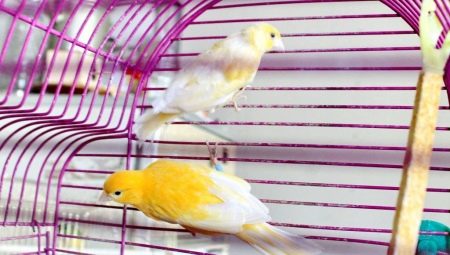
Among pets, representatives of birds, including canaries, are far from the last place. The latter are loved for their bright color (even if they are monochrome) and beautiful singing. But if you choose a canary only for the purpose of enjoying its amazing singing, then you need to know the fact that only males sing beautifully. Therefore, it is necessary to learn how to determine the sex of a bird. In addition, it will be useful for choosing a pair for an already existing lonely singer, who will not live long without a female - melancholy will get stuck.
Ways to distinguish a male from a female
It should be noted right away that it is not possible for an inexperienced poultry farmer to distinguish a male from a female. Especially in cases where he does not know any signs that directly or indirectly indicate the belonging of an individual to a particular sex. Sometimes experienced canal growers argue among themselves about the sex of some individual birds, getting confused in the available signs.
You can distinguish a canary from a canary in the following ways:
- visually by external signs;
- by chirping and singing;
- by behavioral factors.
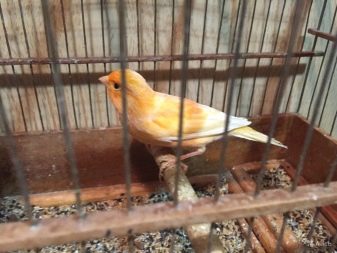
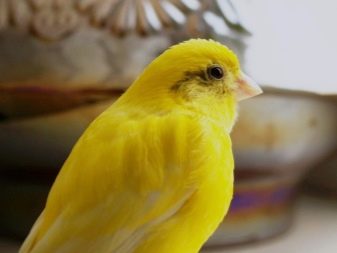
There are, moreover, several traits that breeders use. However, for beginners, they are either not suitable, since there is nothing to compare with (they are buying a bird for the first time), or are relevant only under certain conditions. Therefore, we will restrict ourselves to only simple information about them. Experienced poultry farmers are guided by the following methods in determining the sex of canaries:
- by the appearance of eggs laid for disembarkation of chicks;
- by the location of the eyes relative to the line of the closed beak;
- by the behavior of chicks when touching their beak or tummy.
I must say that the named professional methods for determining the sex of canaries are sometimes not 100% accurate, therefore they cannot serve as criteria for choosing a bird of the desired sex.
It is best to stick to methods that more accurately determine the gender of this songbird.
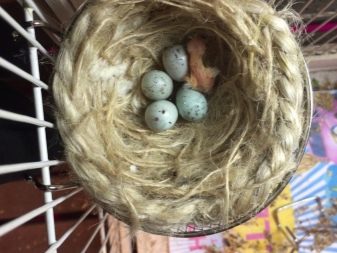

External signs
The following differences stand out here.
- Cloaca shape. In the canary, the cloaca is more elongated and convex, resembling a cylinder ending in several feathers. In females, it is flat and covered with down. This difference is especially noticeable in the reproductive age of the bird. To examine the genitals, the bird is carefully taken with the hand so that it turns out to be belly up (just do not squeeze the bird tightly in the palm of your hand). And then they blow on the area below the abdomen, inflating the feathers and thus revealing the cloaca.
- Tail length. This method works only when comparing two individuals of the same age of different sexes. The canary tail is longer (about 0.5 cm). Of course, this method is not suitable for choosing birds in a pet store or in a poultry market - there you can hardly find out reliable information about the age of the compared individuals. Sex can also be deceived. It is highly likely that a canar will be in front of the buyer, if you slide your finger along the abdomen in the "supine" position, and it will begin to actively twitch its paws. Females usually squeeze them.
- Tail position. If you hold the bird in the palm, placed horizontally, with the tail outward, then the position of the tail in the female will be much higher than in the male.
- The shape of the chest and abdomen. On closer examination of the abdomen of the bird, you can see that the breast part is more prominent in the female, and part of the abdomen in the canary. But such a difference can only be seen in the comparison of two individuals of different sexes.
- The shape of the top of the head. Cenari have a more rounded and even head shape with a developed forehead, while in girls it is flat with a barely visible frontal part. Again, such a sign is useless for those buyers who know little about canaries.
- Colour... Usually, when comparing two birds of the same age of different sex and the same species, one can notice more intense colors in canary in separate parts of the plumage.
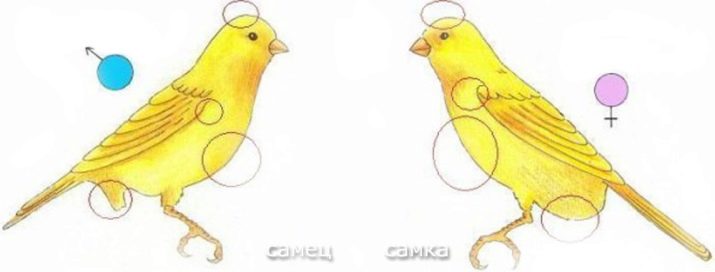
Singing Differences
On this basis, it is impossible to determine young individuals, since their singing abilities are not always manifested in the early period of life. They begin to sing fully at the age of 8-9 months. But the fact is known that only male birds sing beautifully, and girls mostly make sounds similar to abrupt bird chirping... Of course, there are known cases when females sang no worse than males, but this applies to exceptions.
The sounds and singing that females make are very different from those of males. The canary singing is longer, and the "vocabulary" is much wider and constantly expands over time. Females, on the other hand, emit a short squeak or a short whistle, and if they do sing, then it resembles, rather, not singing, but quiet cooing.
Besides, all sounds of females have a volume that is much weaker than the sounds and singing of canaries... The males sing selflessly, long and loudly, and the abundance of their sounds seems endless. There is no such variety in the sounds of canaries.
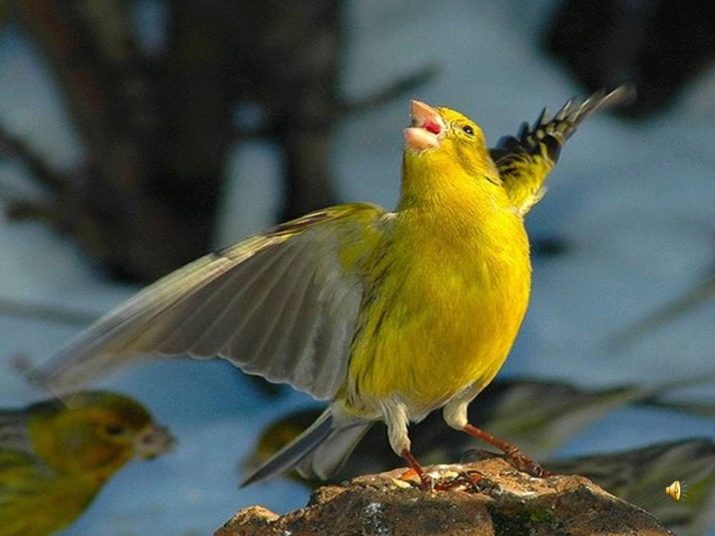
It should be noted that many experts recommend purchasing canaries no earlier than 8 months old, when the bird is already showing its voice. That is, it confirms the opinion that one should not particularly hope for signs of canary sex determination based on methods other than the method of sounds and singing.
At the same time, beginners should be warned that during molting, males are usually silent, and if they try to make any sounds, then they can easily be confused with the sounds of females. Sometimes the same can be observed during nesting.
Behavioral factors
As for the behavior of canaries, the vast majority of breeders note the factor of greater activity of males. In this regard, you should follow the selected bird for some time. but during nesting, on the contrary, the female is more active in the process of building the nest, although both birds - male and female - take part in this. Finally, there is no need to talk about the laying of eggs - the male is not a participant here.


When singing or making any sounds, the canary swells the goiter, which is uncharacteristic for canaries.
And in all things, the birds-boys are more lively, more mischievous than girls. The factor of external sex determination, when a finger is passed over the abdomen of a bird and its response to this action, also confirms the activity of the male, and not the submissiveness of the female.
You will learn the answers to common questions about keeping canaries below.








